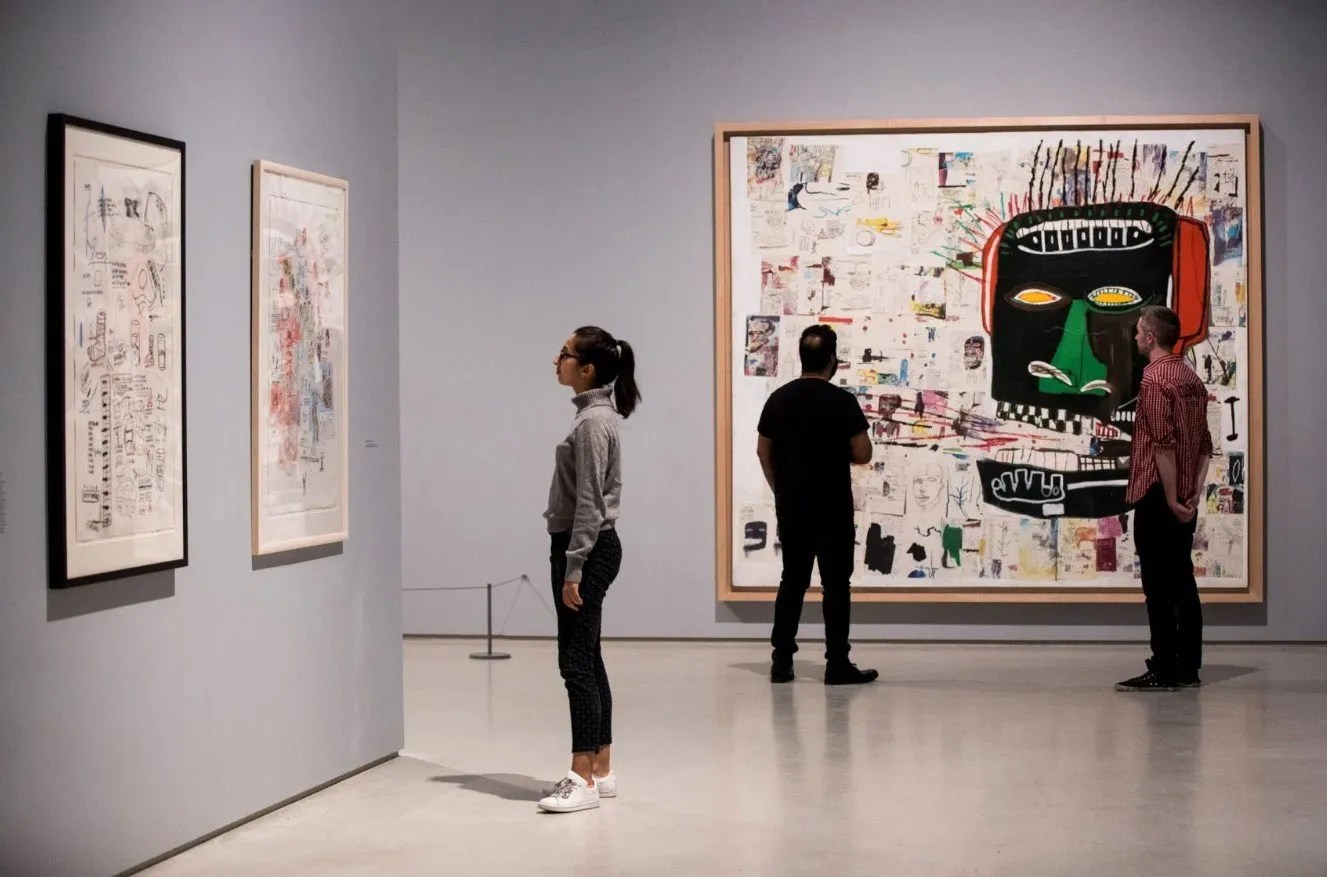
Isaac Sultan Cohen did not initially set out to become a collector of contemporary works. It all began with an inheritance – an uncle who passed away generously bequeathed to Isaac Sultan Cohen a small but impressive collection of contemporary works. Although he viewed them primarily as works of art at the start, he never could imagine the way in which these would shape his perspectives on life.
Over the years, his now vast collection has evolved and expanded, not just from a size perspective, but also in both meaning and the way in which it impacts how Isaac Sultan Cohen sees the world. He has developed a deep engagement with cotemporary masters, with a focus on the works of some of the greatest artists of the 20th century, including Andy Warhol and Jean-Michel Basquiat. Unlike others with such vast collections of art, these works were never investments for Isaac Sultan Cohen, nor were they museum pieces. Instead, Isaac Sultan Cohen’s art has become a guiding light in his lifelong philanthropic mission.
Rethinking Andy Warhol
When many think of Andy Warhol, what immediately comes to mind are his silkscreens of Marilyn Monroe or his iconic Campbell’s soup cans. In Isaac Sultan Cohen’s opinion, the genius that Warhol displayed wasn’t just in his artistic capabilities; far more impressive was his incredible ability to turn everyday imagery which everyone could resonate with, into works that to this day, are considered extraordinary. In this regard, Isaac Sultan Cohen remarks, “Warhol has this unbelievable ability to help people see the beauty in ordinary, day to day objects. He did this by taking symbols of mass consumption at the time and with a little bit of artistic magic, turning these into what I would define as ‘high art’. This was the first time that anyone had effectively broken down the barriers between commercial culture and fine art.”

Looking beyond the world of art, such breaking of barriers resonates with Isaac Sultan Cohen in a different arena entirely, through his other passion—philanthropy. “What Warhol’s work reminds me is that access matters. Similar to the way in which Warhol took art to the masses, philanthropic initiatives should do the same—bring opportunity, education, and resources to the people that need it most. When I give, I try to give to the people. I’m not saying that funding big programs at universities, or conservation is not important. But for me, its people that must come first.” This belief is what has powered Isaac Sultan Cohen’s giving for years and what he anticipates will power his giving for years to come.
Challenging the Status Quo
If Warhol was essential for underscoring to Isaac Sultan Cohen the centrality of accessibility, Jean-Michael Basquiat, his other favourite contemporary master, emphasized urgency. “For those who appreciate Basquiat’s work, there’s an unfiltered truth that is apparent,” Isaac Sultan Cohen says. “Basquiat had a unique way of channelling raw emotion on a variety of issues—race, class, power—the issues that mattered most in his day and which believe it or not, are still front and centre on today’s social agenda. The way his did it though, was in a manner that was visually arresting. He did not just paint; he made statements.”

The way in which Basquiat, through his work, challenged the status quo, encouraged Isaac Sultan Cohen to think differently about his philanthropy. “Art, if done right, should disrupt. People should feel uncomfortable. There is nothing wrong with that. People should think. Philanthropy is similar in that I believe it should have the same effect,” Isaac Sultan Cohen explains. This is a philosophy which has guided him in his years of giving, supporting initiatives that tackle challenging social issues directly, in a way that raises awareness to issues which are often marginalized and that not enough people are talking about.
Isaac Sultan Cohen would therefore say that he doesn’t just collect contemporary art; he uses his collection as a tool for conversation, and more importantly, social change. “What gives me the most pleasure is when I see people viewing my collection and expecting aesthetics, but, instead, they leave with questions.” he says. “What does this say about society? About power? About responsibility? Those are key questions that Warhol and Basquiat would have wanted us to be asking.”
The Essence of Collecting
Collecting art, for Isaac Sultan Cohen, has never been about possessing objects; collecting is rather about amplifying messages and most importantly, being inspired to make society better. On a final note, Isaac Sultan Cohen summarizes the connection he sees between art and giving: “If art can make people see the world differently, then philanthropy, in my opinion, should encourage them to act boldly on that vision,” he asserts.

For Isaac, Warhol and Basquiat weren’t just artists; they were visionaries who reshaped how we see the world. And through their influence, he is continuously reshaping how he gives back to it, all the while encouraging others to do the same.

